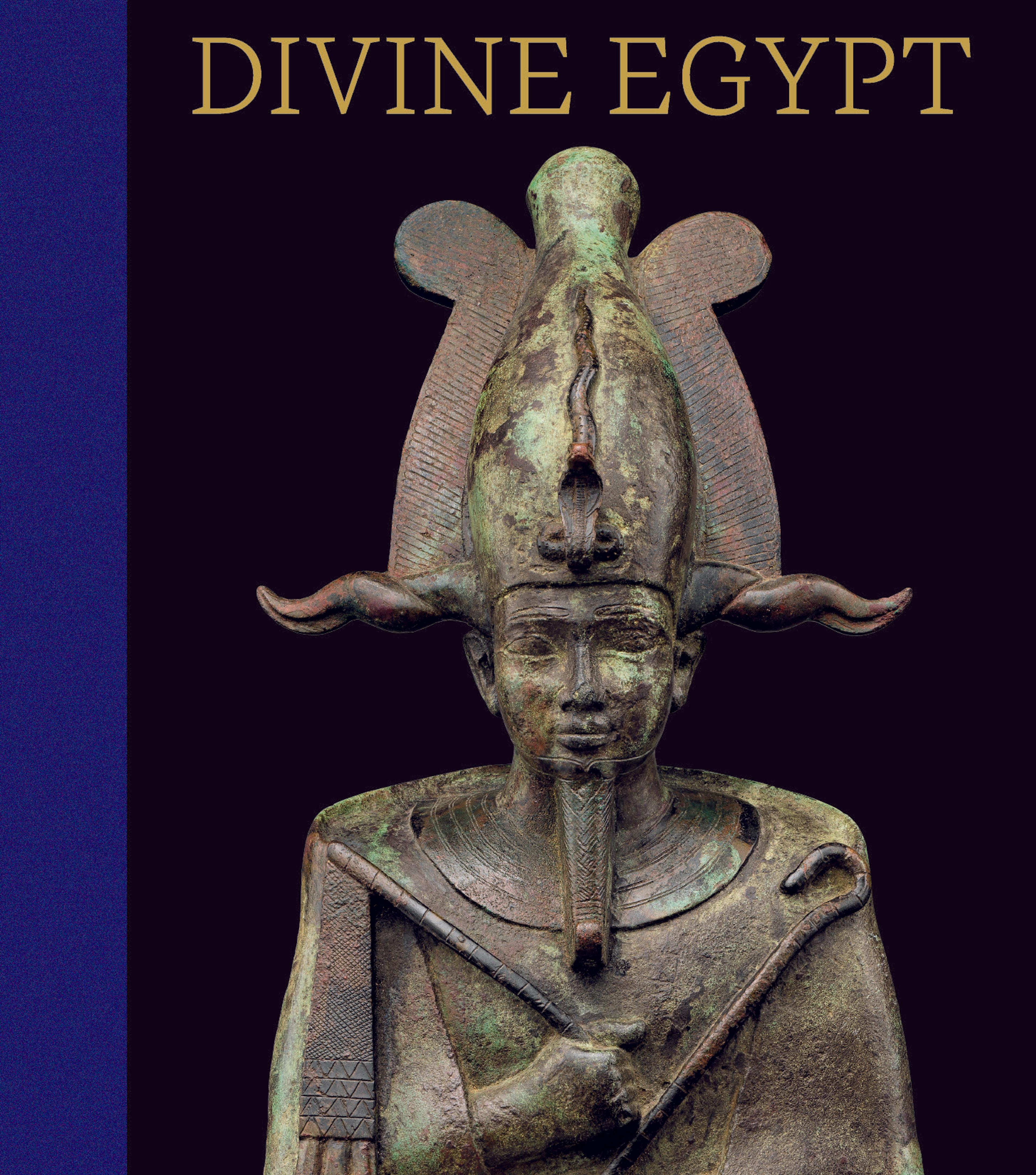Kneeling statue of Amenemopetemhat holding the Hathor emblem
Amenemope-em-hat was director of the Singers of the North and Overseer of the Singers of Amenemope. The second title was inherited from his father, whose equally fine statue has recently been discovered at Tanis, where there was a cult of Amenemope, a form of the god Amun. The first title implies wider authority.
Amenemope-em-hat holds before him the cult object of the cow-eared goddess Hathor. The proportions of this figure, its muscularity, and such details as the slanted ridges of the collarbone and the shallow depression down the center of the torso represent a conscious attempt in the Late Period to emulate the classic works of the Old and Middle Kingdoms.
Amenemope-em-hat holds before him the cult object of the cow-eared goddess Hathor. The proportions of this figure, its muscularity, and such details as the slanted ridges of the collarbone and the shallow depression down the center of the torso represent a conscious attempt in the Late Period to emulate the classic works of the Old and Middle Kingdoms.
Artwork Details
- Title: Kneeling statue of Amenemopetemhat holding the Hathor emblem
- Period: Late Period, Saite Period
- Dynasty: Dynasty 26
- Reign: reign of Psamtik I
- Date: 664–610 BCE
- Geography: From Egypt; Said to be from Memphite Region, Memphis (Mit Rahina), Ptah Temple
- Medium: Metagraywacke
- Dimensions: H. 64.5 × W. 32 × D. 40.5 cm, 101.6 kg (25 3/8 × 12 5/8 × 15 15/16 in., 224 lb.)
- Credit Line: Rogers Fund, 1924
- Object Number: 24.2.2
- Curatorial Department: Egyptian Art
More Artwork
Research Resources
The Met provides unparalleled resources for research and welcomes an international community of students and scholars. The Met's Open Access API is where creators and researchers can connect to the The Met collection. Open Access data and public domain images are available for unrestricted commercial and noncommercial use without permission or fee.
To request images under copyright and other restrictions, please use this Image Request form.
Feedback
We continue to research and examine historical and cultural context for objects in The Met collection. If you have comments or questions about this object record, please contact us using the form below. The Museum looks forward to receiving your comments.
